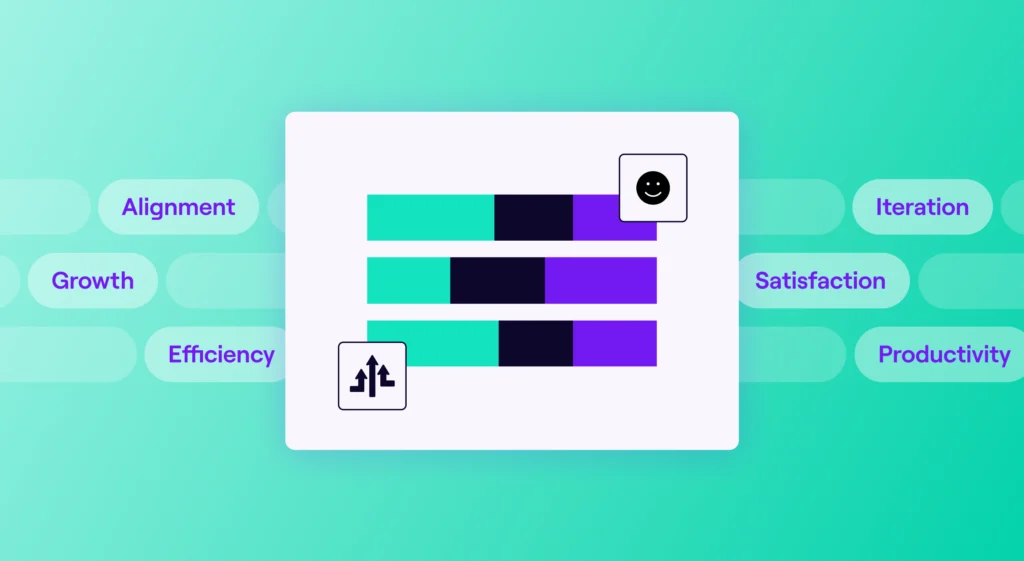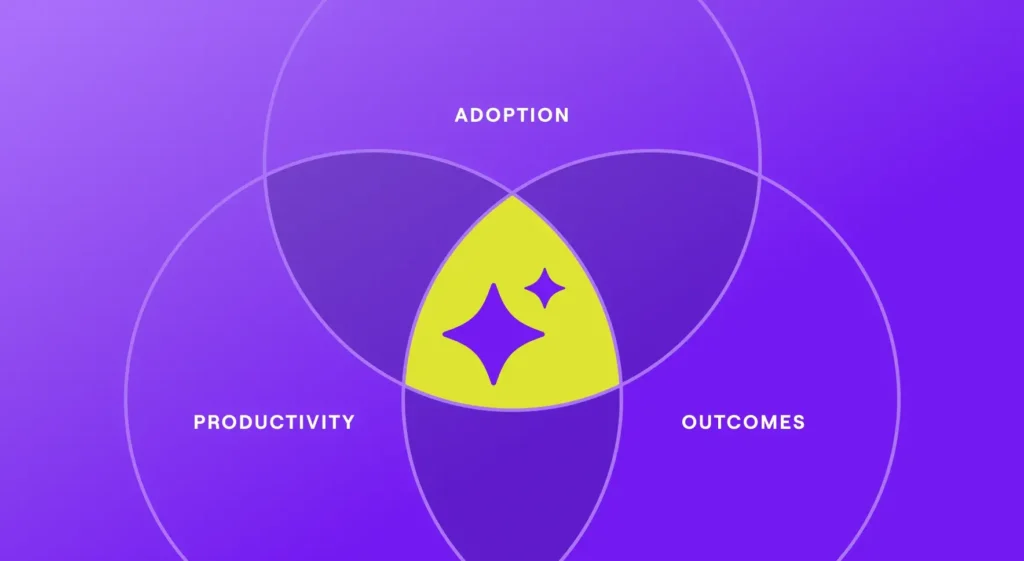What is a DevOps Lifecycle?
The DevOps lifecycle refers to the set of practices, principles, and processes that organizations use to integrate and automate the development (Dev) and operations (Ops) aspects of software and IT systems. The goal of DevOps is to improve collaboration between development and operations teams, increase the speed of software delivery, and enhance the overall quality and reliability of software systems. The DevOps lifecycle typically consists of the following stages:
- Plan: In this stage, teams define the objectives and requirements of the software or system they are building or maintaining. This involves creating a roadmap, setting goals, and prioritizing tasks. Collaboration between development, operations, and other stakeholders is crucial to ensure alignment with business objectives.
- Code: During this phase, developers write the code for the software or system based on the requirements defined in the planning stage. Version control systems (e.g., Git) are used to manage code changes, and collaborative coding practices are encouraged.
- Build: In the build phase, the code is compiled, built, and tested. Continuous Integration (CI) tools, such as Jenkins or Travis CI, are often used to automate the build and testing processes. The goal is to catch and address integration issues early in the development cycle.
- Test: Testing is a critical part of the DevOps lifecycle. Automated testing tools are used to perform unit tests, integration tests, and acceptance tests. The goal is to identify and fix bugs and issues as soon as possible.
- Deploy: Deployment involves releasing the software or system to a production environment. Continuous Deployment (CD) or Continuous Delivery (CD) practices are used to automate the deployment process, making it reliable and repeatable. Containerization technologies like Docker and orchestration tools like Kubernetes are often used for managing deployments.
- Operate: In the operational phase, the software or system is actively monitored and managed in the production environment. DevOps teams use monitoring tools to track performance, detect issues, and ensure high availability and reliability. Infrastructure as Code (IaC) principles are often applied to manage infrastructure in a programmable and automated way.
- Monitor and Feedback: Continuous monitoring of the software or system in production provides valuable data and feedback. This information is used to identify areas for improvement, optimize performance, and prioritize future development efforts. Feedback loops are established to drive further improvements and iterations.
- Security (DevSecOps): Security is integrated throughout the entire DevOps lifecycle. DevSecOps practices involve identifying and addressing security vulnerabilities and compliance requirements at every stage of development and operations.
- Scale and Optimize: As the software or system evolves, teams work on scaling it to meet growing demands and optimizing its performance and efficiency. This may involve making architectural changes, optimizing code, and automating scaling processes.
- Retire or Replace: Eventually, software or systems may reach the end of their lifecycle. In this phase, decisions are made to either retire the software or replace it with a newer version or alternative solution.
The Evolution of DevOps
The DevOps lifecycle promotes collaboration, automation, and continuous improvement, allowing organizations to deliver high-quality software more efficiently and respond to changes in business and technology rapidly. It’s important to note that the DevOps lifecycle is not a one-size-fits-all model, and organizations may adapt it to suit their specific needs and requirements.
The DevOps lifecycle has become an increasingly popular topic in recent years, as more and more organizations adopt this approach to streamline their software development processes. In essence, the DevOps methodology is a set of practices that aim to integrate the traditionally separate functions of software development and IT operations, creating a smoother and more efficient workflow that brings various teams into the fold together to create a more collaborative development environment.
This integration not only enhances collaboration between teams but also serves as a solid foundation for faster product releases. The question that often arises is, “What is DevOps?” The term “DevOps” is a portmanteau of “Development” and “Operations.” Accordingly, DevOps does take steps to consolidate operations and development.
To put it simply, DevOps integrates development and operational tasks to shorten the development life cycle while delivering high-quality software products. As cybersecurity becomes an increasingly vital aspect of modern software development, a new concept called “DevSecOps lifecycle” has emerged.
This concept takes the core principles of DevOps and adds an additional layer (and word)— security. By incorporating security into every step of the software development process, organizations can minimize risks while maintaining agility in their workflows.
This helps prevent costly security breaches or vulnerabilities in released products. The implementation of a successful DevSecOps lifecycle involves introducing security measures and best practices early in the development process—during planning stages—and continuously integrating them throughout deployment.
Even more recently, DevOps has expanded into a new concept – DevFinOps. DevFinOps is the integration of financial strategies, and finance teams, into the operations of software development. It is the recognition that financial resources in any organization are finite and thus should be considered as an integral part of the software planning and development processes, and not as a project to be managed separately. It incorporates practices such as cloud spend optimization (often called FinOps), but expands the scope of FinOps considerably to include the other financial resources consumed by Development and DevOps teams. The most important resource in any software organization? Its people.
DevOps Roadmap
A Devops roadmap is an often essential blueprint for organizations looking to integrate development and operations successfully. By providing a structured approach to the implementation of key practices, this type of roadmap enables businesses to streamline their processes, enhance collaboration, and ultimately improve the quality of software products delivered.
A comprehensive understanding of a Devops ecosystem and its various components plays a crucial role in navigating the complex landscape of this innovative methodology. At the heart of a DevOps ecosystem lies an intricate web of tools, technologies, and cultural philosophies that form the foundation for seamless collaboration between development and operations teams.
In order to optimize performance within this environment, it is important to maintain a robust DevOps architecture that supports continuous integration (CI), continuous delivery(CD), automation, and infrastructure as code (IaC). These elements work in tandem to promote rapid iterations, reduce manual intervention, and minimize downtime.
One of the most significant aspects of developing a sustainable DevOps architecture is ensuring that teams have access to appropriate tools that cater to their unique needs. This may include version control systems, containerization technologies, and configuration management tools.
The selection of these components should be made in accordance with overarching organizational goals while maintaining flexibility for future scalability. In addition to technology adoption, fostering a culture founded on shared responsibility and open communication is imperative for successful navigation through the devops roadmap.
Encouraging cross-functional collaboration helps break down silos between development and operations teams while promoting trust among members. This alignment facilitates quicker resolution of issues while at the same time driving innovation by enabling individuals from diverse backgrounds to contribute unique perspectives on problem-solving.
Ultimately, embarking on a DevOps roadmap requires strategic planning coupled with a commitment to embracing change at all levels of an organization. By cultivating an Agile mindset that supports ongoing adaptation based on lessons learned, businesses can optimize their devops ecosystem to achieve unparalleled operational excellence. As technologies continue to evolve and industry practices mature, the importance of a robust devops architecture remains paramount in navigating the ever-changing landscape of software development and delivery.
DevOps Workflow
A well-structured DevOps workflow can help ensure that software teams collaborate effectively, share responsibilities for code quality and application performance, and continuously improve their processes.
DevOps deployment is a critical stage in the overall DevOps workflow. It involves transferring code changes from the development environment to the production servers where the application runs. Deployment strategies vary depending on factors such as infrastructure, system architecture, and team preferences. Common approaches include continuous deployment (automatically releasing code changes to production after passing necessary tests) or scheduled releases (coordinating deployments at specific times).
Regardless of the strategy employed, ensuring reliable and efficient deployments is crucial for maintaining application stability and minimizing downtime.
A comprehensive DevOps process steps list should cover key aspects such as planning, coding, building, testing, deploying applications, and monitoring performance metrics post-deployment stages. Adopting best practices in these areas will ensure seamless collaboration between developers and operations professionals while reducing potential risks associated with poorly managed software releases.
A successful DevOps workflow begins with strong communication among team members throughout all stages of the software development lifecycle. Organizations can achieve this by adopting agile project management methodologies tailored to their specific needs.
Investing in tools that automate testing and deployment processes can help facilitate rapid iteration cycles while minimizing downtime and providing end-users with top-quality applications. By integrating monitoring and performance analysis into the DevOps process steps, teams are better equipped to identify and resolve issues before they escalate, ensuring consistent delivery of high-performing applications.
DevOps Platform
A DevOps platform is a comprehensive set of tools, processes, and frameworks that facilitates collaboration and integration between development and operations teams. A Devops platform can serve as a centralized hub for managing and automating various aspects of software development, deployment, and operations, even often helping organizations promote important principles of DevOps.
Jellyfish, a leading provider of DevOps tools for project management, offers a comprehensive solution that helps teams measure and optimize important DevOps metrics. Jellyfish provides real-time visibility into key metrics like deployment frequency, lead time, and mean time to recovery. Teams can track their performance over time, compare it against industry benchmarks, and gain actionable insights to improve their software delivery processes.






